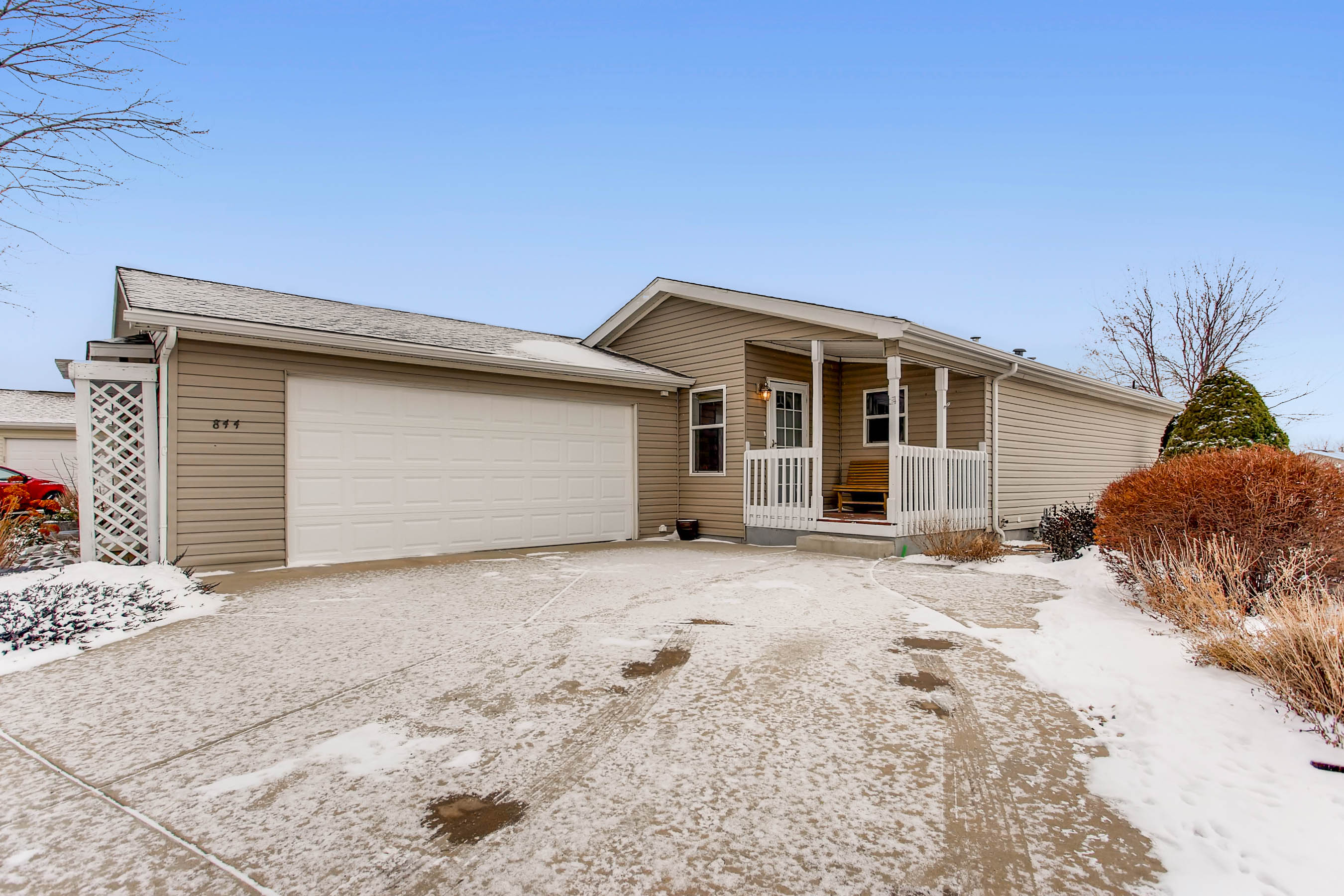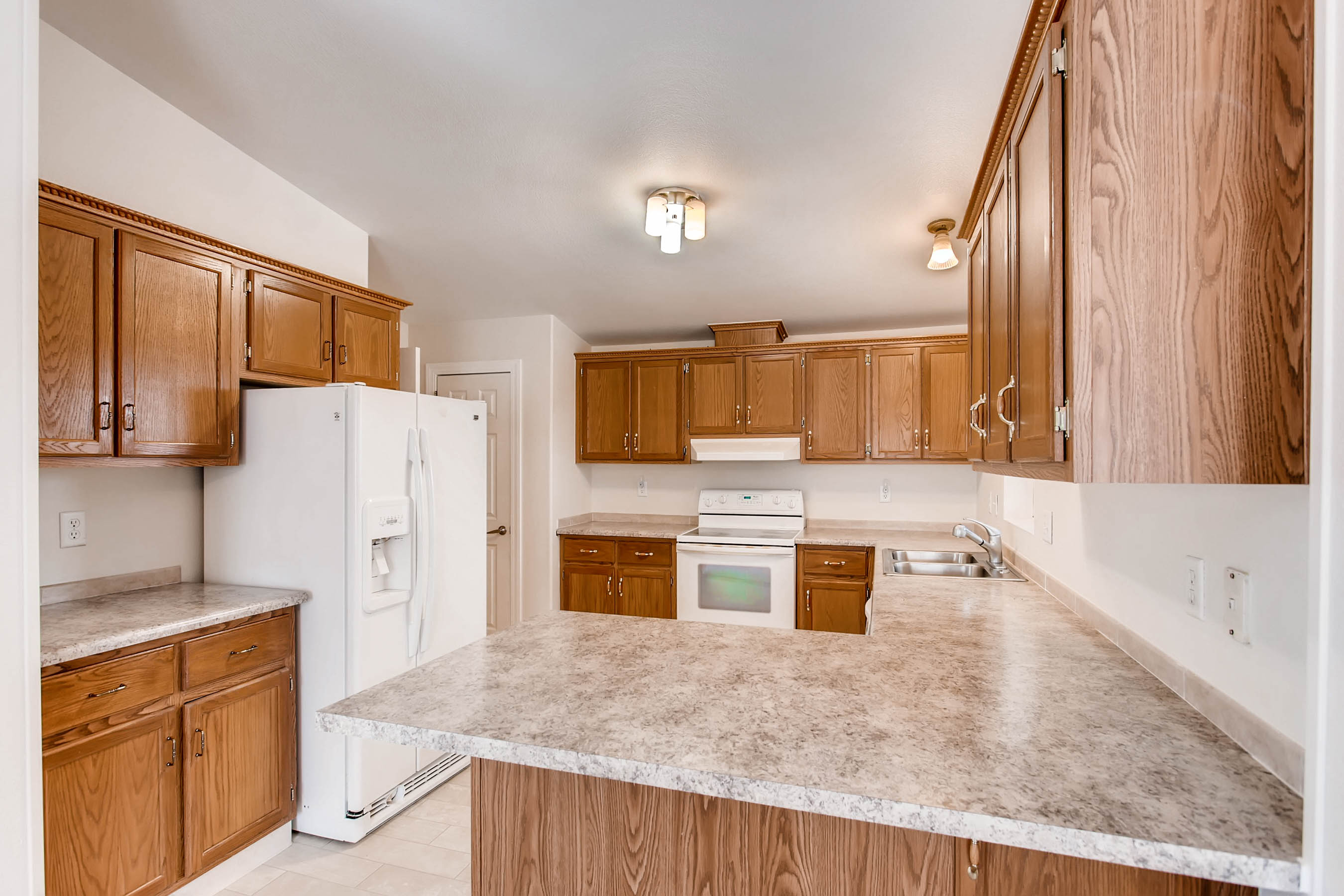How To Prevent Your Pipes From Freezing
As winter temperatures begin to creep up around your home you may start feeling nervous about your water pipes and plumbing. If so, you’re not alone. Frozen pipes (or rather, burst pipes) can cause expensive water damage to your home and property. Even a small tear in a water pipe can send hundreds of gallons of water each minute into your home. According to the Insurance Information Institute, one in 55 homes will submit a property damage claim due to water or freezing this year. Given the fact that many homeowners take the winter holidays to travel and leave home, it’s important to know what preventative measures you can take to winterize your home. Here are some tips for protecting exposed pipes from freezing temperatures.
Wrap and insulate pipes and plumbing
You can purchase inexpensive foam pipe covers at the hardware store and wrap pipes or plumbing to prevent heat loss inside the pipes. You can also invest a bit more money and create a more permanent insulation environment for your plumbing by thoroughly wrapping pipes with layers of thick fiberglass insulation. This can be a DIY project or you can hire a plumber to do this for you. Keep in mind that the cost to fix a burst pipe runs an average of $5,000, so spending money to properly insulate your home is a smart way to approach this project.
Identify exposed pipes
Exposed pipes are pipes that are not insulated and may be subject to greater shifts in temperatures. This could include pipes located on the exterior of your home, pipes that lead from the exterior to the interior, or plumbing located in colder rooms like the garage, the attic or the basement (37% of frozen pipes occur in the basement). For faucets or plumbing located outside, like an exterior faucet, you’ll want to follow these steps to get them ready for winter. If you plan on being away from home for a long period of time, it might be a good idea to shut off the water supply and open all of the taps until they run dry.
Why frozen pipes burst
The rips and tears that occur in a frozen pipe aren’t primarily from the expansion of ice: ice blockages create a build up of pressure between the ice and the faucet, and it’s this increase of pressure that actually breaks the pipe. (It should be noted that the expansion of ice can directly cause damage to connection points or weak plumbing.) Additionally, several ice blockages might occur within the same pipe, as can several tears or breaks. The water leaks out when the ice melts and releases the water trapped behind it. Homeowners might not actually see the damage until just after winter, when temperatures rise, ice melts, and water starts leaking into the house. Water can freeze in the plumbing when temperatures reach 20 degrees Fahrenheit, however it has been determined that wind chill factor can increase the likelihood of frozen water so even temperatures higher than 20′ F can result in risk.
Don’t turn off your heat
If you plan on being away from your home for an extended period of time, like for a long holiday break, think twice about turning off the thermostat. First, with the temperature off or set too low, even your pipes located within insulated walls have the potential to freeze. Second, when you enter a freezing home and crank up the thermostat your heating unit will have to expend a tremendous amount of energy to warm up the home, costing potentially more money and stressing the system. Set the thermostat to a temperature you deem safe for being away and consider opening up interior doors and cabinet doors to keep the warm air flowing to all of your plumbing. If you fear a burst pipe, install a water sensor that can remotely alert you to the presence of water inside your home.
Leave the water running
If you are expecting freezing temperatures you can turn on a faucet and let the water run in a steady but small flow. An open tap releases air pressure from inside the pipe, and can prevent tearing. So even with a blockage of ice inside the plumbing, an open tap can keep the pressure from building between the blockage and the faucet. If you have both hot and cold taps then leave both open.
Homes most at risk
Homes located in regions that experience reoccurring freezing winter temperatures are usually constructed with well insulated pipes and plumbing. Unfortunately, homes built in Southern climates where only occasional freezing occurs are potentially more at risk for burst pipes. Homes in these warmer regions aren’t usually constructed with frost in mind and homeowners may be caught by surprise by a singular, but damaging, winter ice storm. Regardless of which area you live in, if you suspect air leaks or are wondering if your home needs additional insulation, consider hiring an energy efficiency expert. This expert utilizes specific measuring tools and devices (like infrared technology) to understand exactly where heat loss is occurring in your home and can make recommendations as to how to make your home warmer.
How you can tell if your pipes are frozen
The test to tell if your pipes are frozen is simple: just turn on your faucet or flush the toilet. If no water comes out, suspect a blockage of ice. Turn off your water supply immediately. You may be able to use a heat source like a hair dryer to warm up the pipe and melt the ice however, be aware that any dripping water can cause the potential for electrocution. Never use an open flame as this could cause a fire. Always call a plumber right away if you suspect damage to the pipe or if you aren’t sure where the blockage has occurred. Find an expert on Porch.
This article originally appeared on Porch.com
Written by Anne Reagan
 Porch.com is the free home network that connects homeowners and renters with the right home service professionals.
Porch.com is the free home network that connects homeowners and renters with the right home service professionals.
The post How To Prevent Your Pipes From Freezing appeared first on Best Real Estate Agents in Northern Colorado.

























